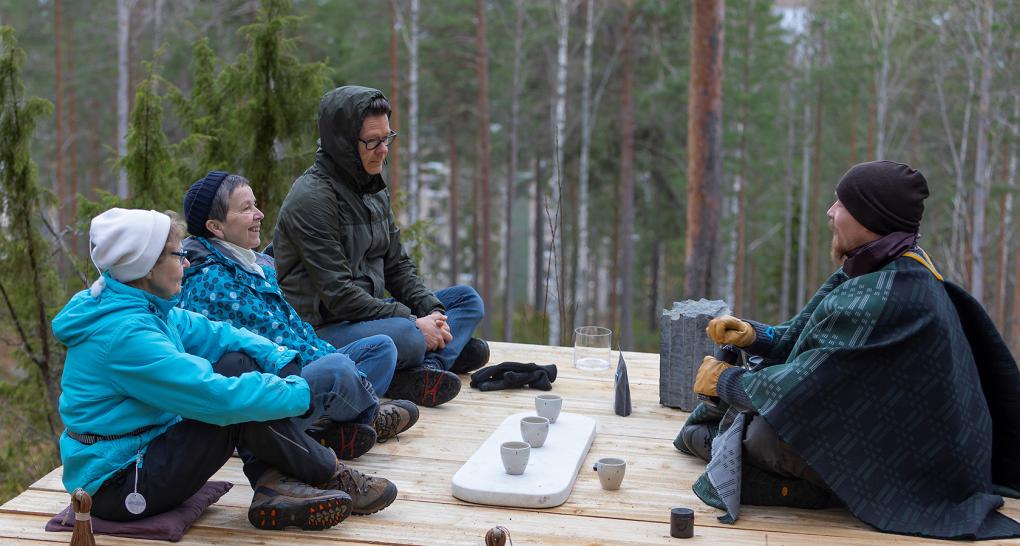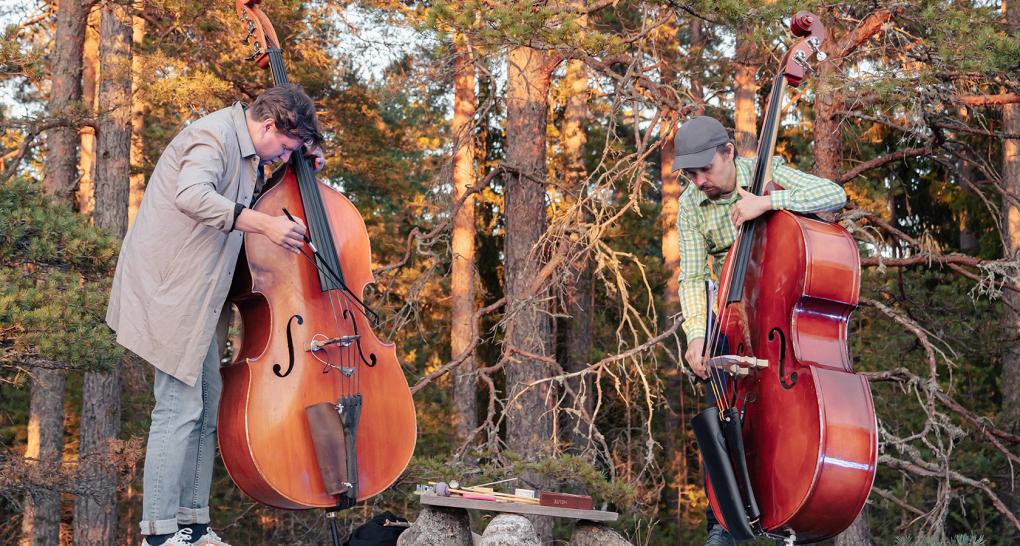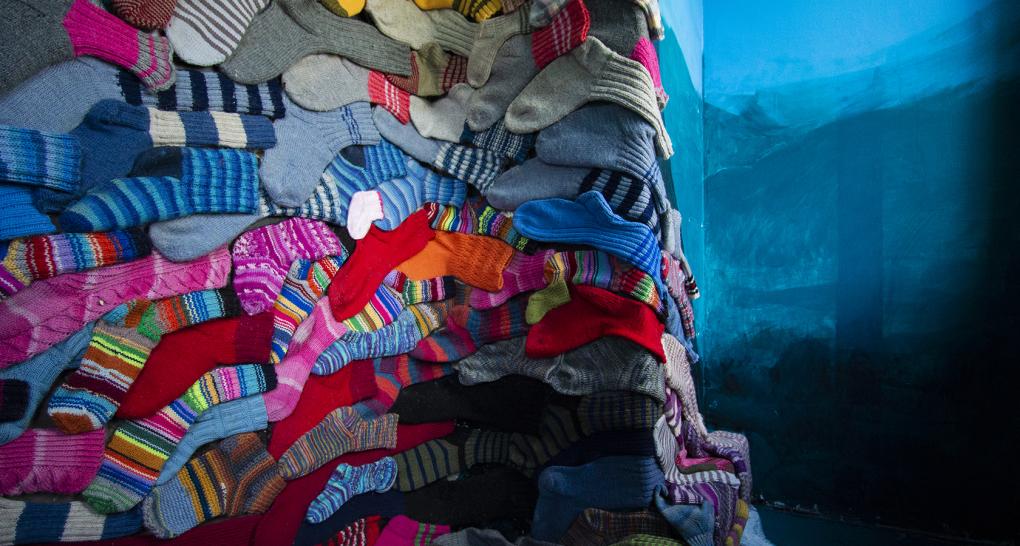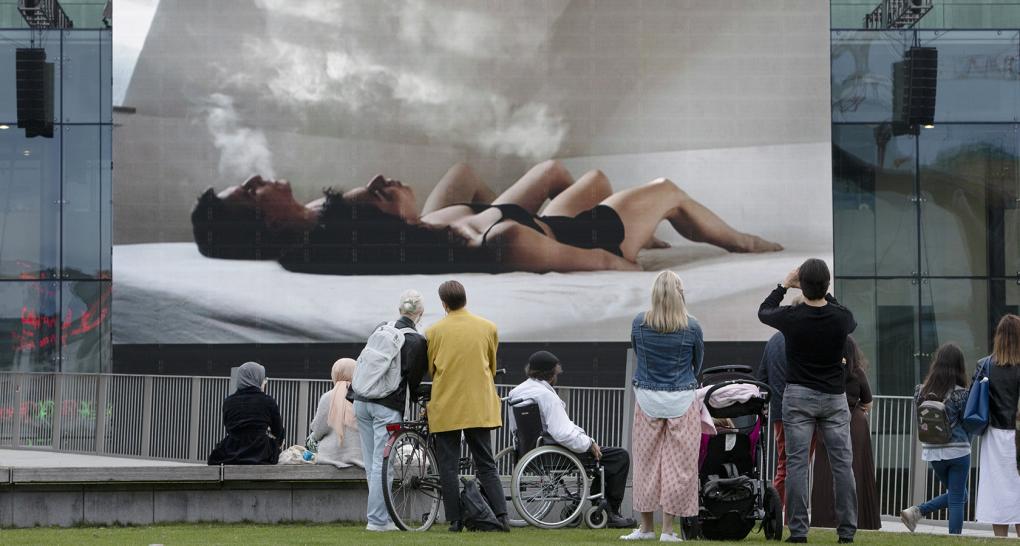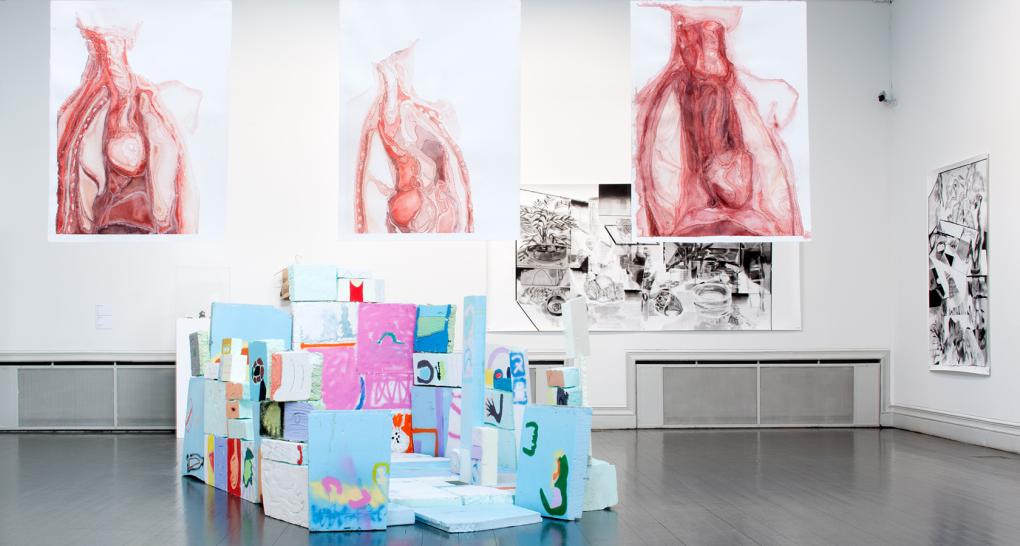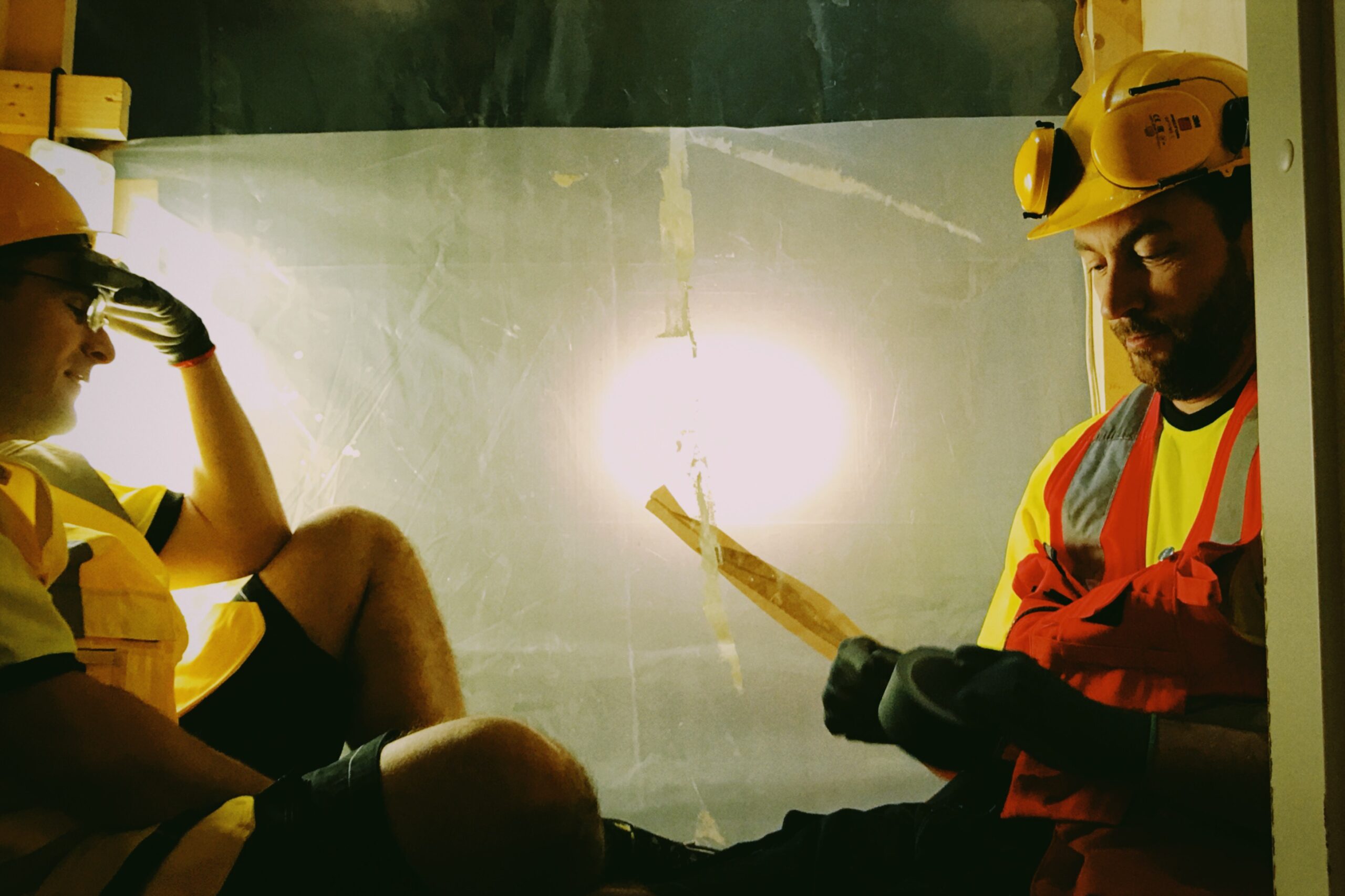Cultural Foundation grants one million euros for large-scale art projects
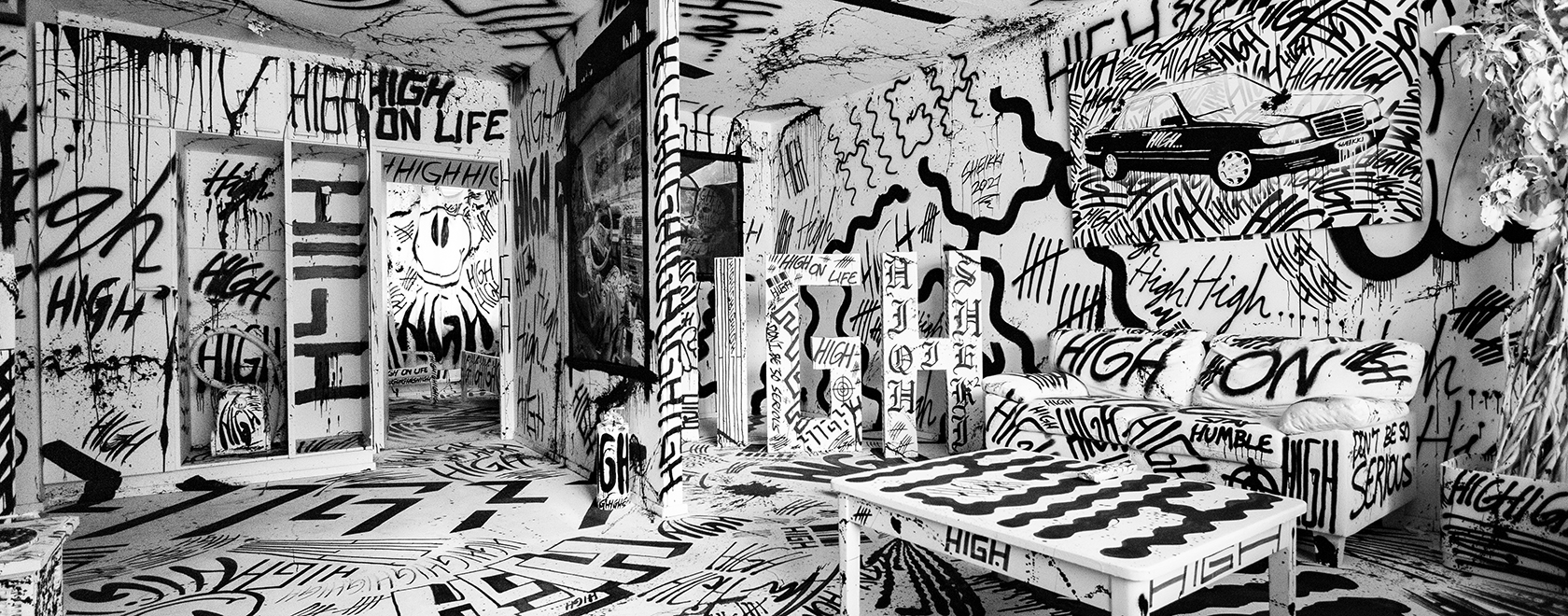
The Art² (Art Squared) grant supports high-level art initiatives striving to reach larger audiences. With this grant, the Cultural Foundation aims to bolster art projects that impact and touch not only art experts but also the wider public. Because the importance of proceeds from ticket sales can be expected to grow as a source of funding, the grant also lends support to the expansion of production funding bases.
Five Art2 grants were awarded in the August 2021 round:
- ANTI Contemporary Art Festival Association: EUR 300,000 for developing a coproduction and touring operating model for performing arts festivals.
- Jazz City Turku: EUR 100,000 for developing the Archipelago Sea Jazz festival series.
- Puppa ry: EUR 150,000 for developing the Purkutaide model (where condemned buildings are used as art venues).
- Foundation of the Finnish Cultural Foundation in New York: EUR 250,000 for realising the institute network’s Together Again festival.
- Artists’ Association of Finland: EUR 200,000 for realising the Young Artists 2023 exhibition.
ANTI – Contemporary Art Festival
The ANTI Contemporary Art Festival Association, based in Kuopio, is in the process of producing six new Finnish performances to premiere between 2022 and 2023, in collaboration with the Hangö Teaterträff and Baltic Circle festivals. The performances will be seen at each of the collaborating festivals. The aim of the initiative is to attract new audiences to the festivals, to reinforce the operating conditions for non-institutional artists and the role of festivals within the Finnish art ecosystem, and to lengthen the life cycles of performances.
– Three of Finland’s most prominent performing arts festivals have combined their resources and competences in this initiative. We are convinced that it will lead to an exceptionally impactful result, which will diversely benefit artists, festivals and audiences. In this time of pandemic, climate crisis and polarised public discourse, we are incredibly grateful as festival organisers to be able to join forces and respond to these challenges together, explains ANTI Festival Manager Elisa Itkonen.
Archipelago Sea Jazz
Established in 2019, Archipelago Sea Jazz is a festival concept built around the attractiveness of the Finnish archipelago environment and high-quality jazz music. This extensive collaboration between cultural operators and four municipalities reinforces the appeal of the archipelago as a cultural and tourist destination, also increasing the accessibility and popularity of jazz among the general public.
– This grant has secured funding for the Turku Sea Jazz Festival, held at the gates to the archipelago, for the Åland Sea Jazz Festival in Mariehamn, and for raising the international profile of the event concept as a whole, rejoices Jazz City Turku Executive Director Jussi Fredriksson.
Puppa ry
The House of Art (“Taiteen kotitalo”), set up in a condemned block of flats in Kerava in the summer of 2020 as a collaboration between more than 100 professional and amateur artists, reached an extensive audience and made the concept of placing art in condemned buildings more widely known. Art and cultural activities have been housed in empty or underutilised properties as part of the Purkutaide concept under graffiti artist Jouni Väänänen’s leadership since 2016. The Puppa ry association was established in 2020 as a support and background organisation for the operations, and it has now received a grant with which it intends to modernise the art field, examine the opportunities of condemned building art, and create new career opportunities for artists. Besides running exhibitions, the association will also produce a handbook on the concept for operators in the field.
The Finnish Cultural Institute in New York
The exceptional circumstances created by the pandemic have generated a strong need for experiencing culture and art, for physical encounters and for community spirit. Meanwhile, however, the arts sector faces ever greater financial hardship. Together Again is a large-scale initiative started by the Finnish Cultural and Academic Institutes network to contribute to reinvigorating the cultural sector after the pandemic. All 17 Finnish cultural and academic institutes in the organisation are involved and their respective networks will be extensively used in reaching local partners and audiences.
– We are pleased to be able to work on a novel hybrid festival, in which artists and communities from various fields can come together both digitally and physically. The Together Alone project was initiated in spring 2020, mid-pandemic, to ease the predicament of many cultural operators. It will continue through 2021 and 2022, culminating in the Together Again Festival in 2023. The festival will tour the world via institutions, starting in Tokyo and ending in New York, via Europe, explains Pauliina Ståhlberg, Director of the Finnish Cultural Institute in Madrid.
– This grant awarded to the Together Again initiative allows for long-term development of our artist-centred operating model. The initiative is built around community spirit and support for communities. We are delighted that the institute network can be involved in coming up with novel, ecologically and ethically sustainable models and frameworks, says Jaakko Nousiainen, Director of the Finnish Institute in the UK and Ireland.
The Artists’ Association of Finland
The Artists’ Association of Finland is a nationwide umbrella organisation for the arts, which represents three thousand professional visual artists working in Finland. The Young Artists exhibition is one of Finland’s major platforms for displaying the work of young artists, as well as one of the country’s oldest exhibition institutions.
The Young Artists 2023 exhibition project will overhaul some of the production and exhibition practices for contemporary art and present a new generation of artists. At the same time, the initiative, run through a collaboration between ten exhibition and expert organisations, will pilot novel, fair working practices for the arts: some of the new works curated for the exhibition will be created as commissions through separate production grants, or under employment contracts.
– Our aim is to bring about permanent changes in the operating models of the arts sector, responding to the great challenges of meagre artist incomes and the lack of employment structures, explains the Artists’ Association’s Executive Director Annukka Vähäsöyrinki.
